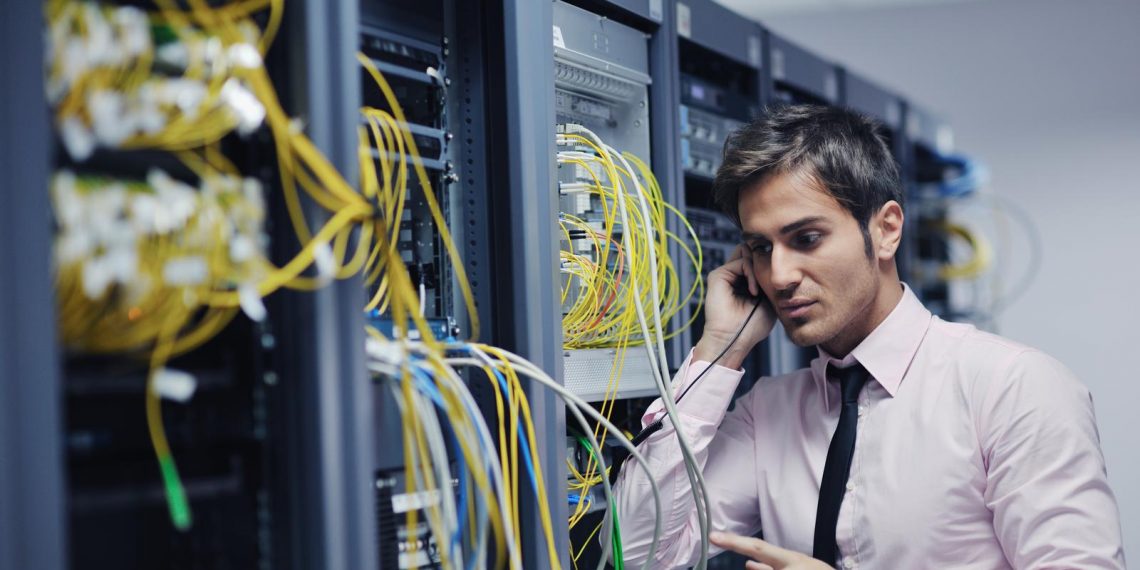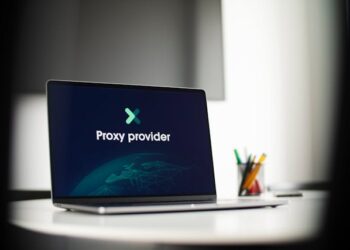In today’s business world, network speed and reliability are critical. Whether you’re running a startup in Downtown LA or managing a growing office in Santa Monica, your network infrastructure can make or break productivity. So, when it comes to cabling, which solution should you choose – traditional copper or modernfiber-optic wiring?
Let’s break it down.
What Is Traditional Network Cabling?
Traditional cabling typically refers to copper-based solutions such as Cat5e, Cat6, or Cat6a. These cables have long been the standard in office networking, transmitting data via electrical signals.
Pros:
- Lower installation costs
- Widely available and supported
- Suitable for small to medium-sized networks
Cons:
- Limited to around 100 meters per cable run
- Susceptible to electromagnetic interference (EMI)
- Speed and bandwidth limitations compared to fiber
What Is Fiber-Optic Wiring?
Fiber-optic cables use light instead of electricity to transmit data. They offer dramatically higher speeds and bandwidth, making them the ideal solution for high-performance networking.
Benefits of Fiber-Optic Wiring:
- Speeds of 10 Gbps and beyond
- Signal integrity over distances of several kilometers
- Immune to EMI, ideal for industrial or high-tech environments
- More future-proof as digital demands grow
Fiber-optic wiring is rapidly becoming the preferred choice for modern office networks in Los Angeles.
Fiber vs. Copper: A Practical Comparison
When comparing traditional copper cabling and fiber-optic wiring, the differences are clear.
Fiber offers significantly higher data transmission speeds – 10 Gbps and beyond – while traditional cabling is generally limited to about 1 Gbps. Fiber also supports much greater distances without signal degradation, making it perfect for larger office spaces or multi-floor buildings.
In environments with high electromagnetic interference – such as those with lots of electrical equipment or industrial machines – fiber provides superior reliability thanks to its immunity to EMI. Copper cables, by contrast, can suffer from performance issues in such conditions.
While fiber-optic installation typically involves a higher upfront investment, it offers far better long-term scalability. If your business plans to grow or adopt more bandwidth-heavy technologies (like video conferencing or cloud systems), fiber is the smarter, future-ready choice.
When to Choose Fiber-Optic for Your Office
You should seriously consider fiber if:
- Your office spans multiple floors or buildings
- You rely on cloud-based systems, video conferencing, or large file transfers
- You’re planning to scale your IT infrastructure in the next 2–5 years
- You need maximum speed, reliability, and future-readiness
Why Choose DIGICO for Fiber-Optic Wiring in Los Angeles?
DIGICO has over 17 years of experience providing low-voltage solutions across the Los Angeles metro area. Our 5-star reputation is built on:
- Precision workmanship
- Fast turnaround times
- Professionalism and integrity
- Projects of any size – from startups to large commercial installations
We specialize infiber-optic wiring, including installation, termination, and splicing – all done by certified technicians.
If your business depends on fast, uninterrupted connectivity, fiber-optic wiring isn’t just an upgrade – it’s an investment in your company’s future.
Ready to future-proof your office? Call DIGICO today or fill out our quick contact form to schedule a free consultation. Let’s build a network that works as fast as your business moves.







